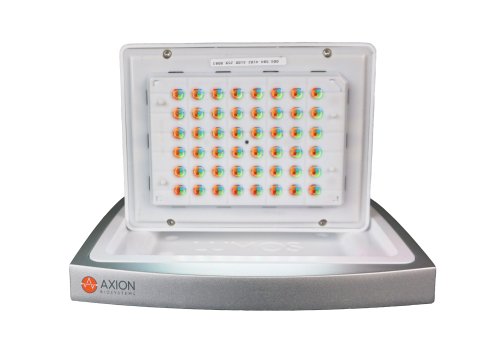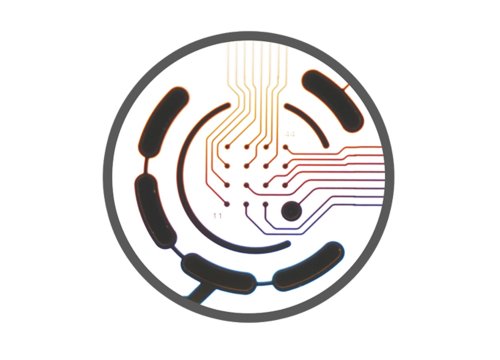Authors: Daisuke Yoshinaga, Isabel Craven, Rui Feng, Maksymilian Prondzynski, Kevin Shani, Yashasvi Tharani, Joshua Mayourian, Milosh Joseph, David Walker, Raul H. Bortolin, Chrystalle Katte Carreon, Bridget Boss, Sheila Upton, Kevin Kit Parker, William T. Pu, and Vassilios J. Bezzerides
Nature Communications, 16 April 2025
Researchers study dysregulation of NAA10 using iPSC-derived cardiomyocytes and optogenetics with the Lumos optical stimulation system and Maestro MEA.
N-terminal acetyltransferases such as NAA10 are evolutionarily conserved and have been associated with QT-prolongation, cardiomyopathy, and developmental delay, but their role in homeostasis is not well understood. In this study, researchers use a multiplatform approach including “…bioengineering, cellular electrophysiology, optogenetics, and quantitative proteomics” to evaluate potential roles and pathological mechanisms associated with an NAA10 variant (R4S), using induced pluripotent stem-cell-derived cardiomyocytes (hiPSC-CMs) harboring the mutation to assess potential roles and pathological mechanisms.
To functionally characterize NAA10(R4S) hiPSC-CMs, which were transduced with channelrhodiopsin ChR2 and paced with the Lumos optical light stimulation system, the team used Axion BioSystems’s Maestro MEA platform. Results demonstrated that NAA10(R4S) hiPSC-CMs had prolonged FPD compared to WT CMs, which was rescued by restoration of NAA10 via adenovirus transduction. The findings underscore the critical role of N-terminal acetylation in cardiac function and highlight potential therapeutic avenues for related arrhythmias and cardiomyopathies.




